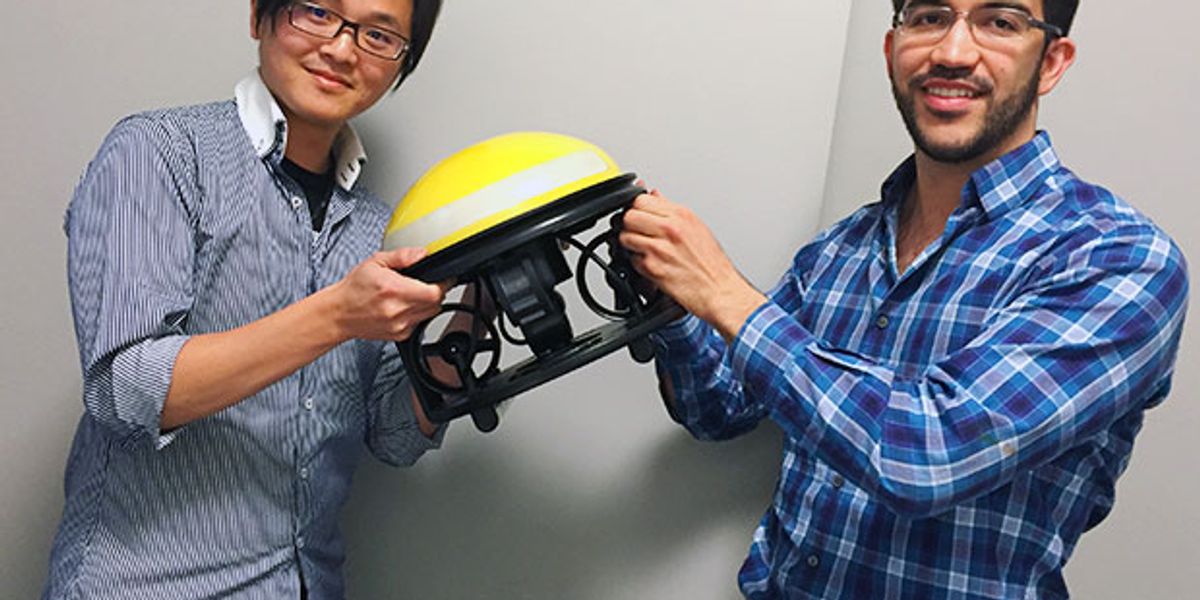Wave Glider

The Wave Glider is an autonomous marine robot designed to gather ocean data. It uses the energy of the waves for propulsion and solar panels to generate power for on-board computing and sensors.
- Creator
- Year
- 2007
- Country
- United States 🇺🇸
- Categories
- Features
Did you know?
Wave Glider began as a project listening to humpback whales in real-time off the coast of Hawaii.


Specs
- Overview
Capable of operating autonomously for months at a time without fuel. System composed of three parts: the float at the surface, 8-meter umbilical line, and a sub under water. Can be equipped with a range of sensors to perform missions for marine science, commercial, and defense applications.
- Status
Ongoing
- Year
2007
- Website
- Width
- 145 cm
- Height
- 856 cm
- Length
- 305 cm
- Weight
- 155 kg
- Speed
- 5.5 km/h (3 knots, top water speed)
- Sensors
Camera, CTD (conductivity, temperature, and depth) sensor, wave sensor, weather station, fluorometer, hydrophone, acoustic Doppler current profiler sonar, marine acoustics sensors.
- Actuators
One stepper motor (to control rudder position).
- Materials
Float made of e-glass pre-preg composite with foam cores. Glider consists of stainless steel frame and fiberglass wings, with a titanium "thrudder."
- Compute
Central control unit, plus other processors and controllers based on customer requirements
- Software
On-board: custom control software. Shore-side software: Web-based system.
- Power
Mechanical conversion of wave energy into forward propulsion. On-board electronics and sensors powered via solar panels and batteries.







